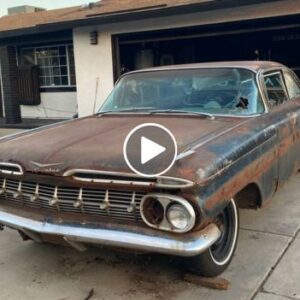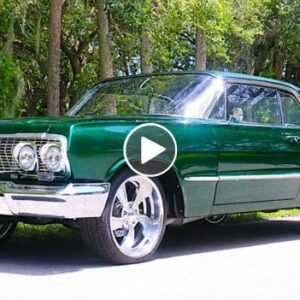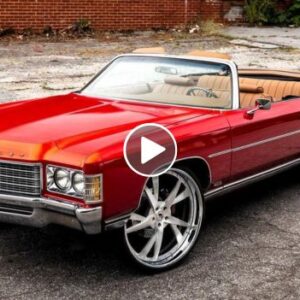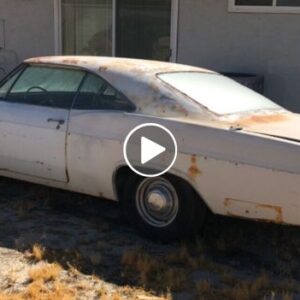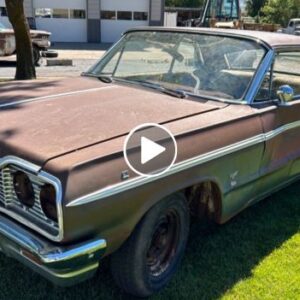Hudson disappeared from dealerships back in 1954 and it’s largely forgotten nowadays, but the company that merged with Nash to form American Motors Corporation (AMC) left a few iconic cars behind. The Hornet is by far the most celebrated of them.
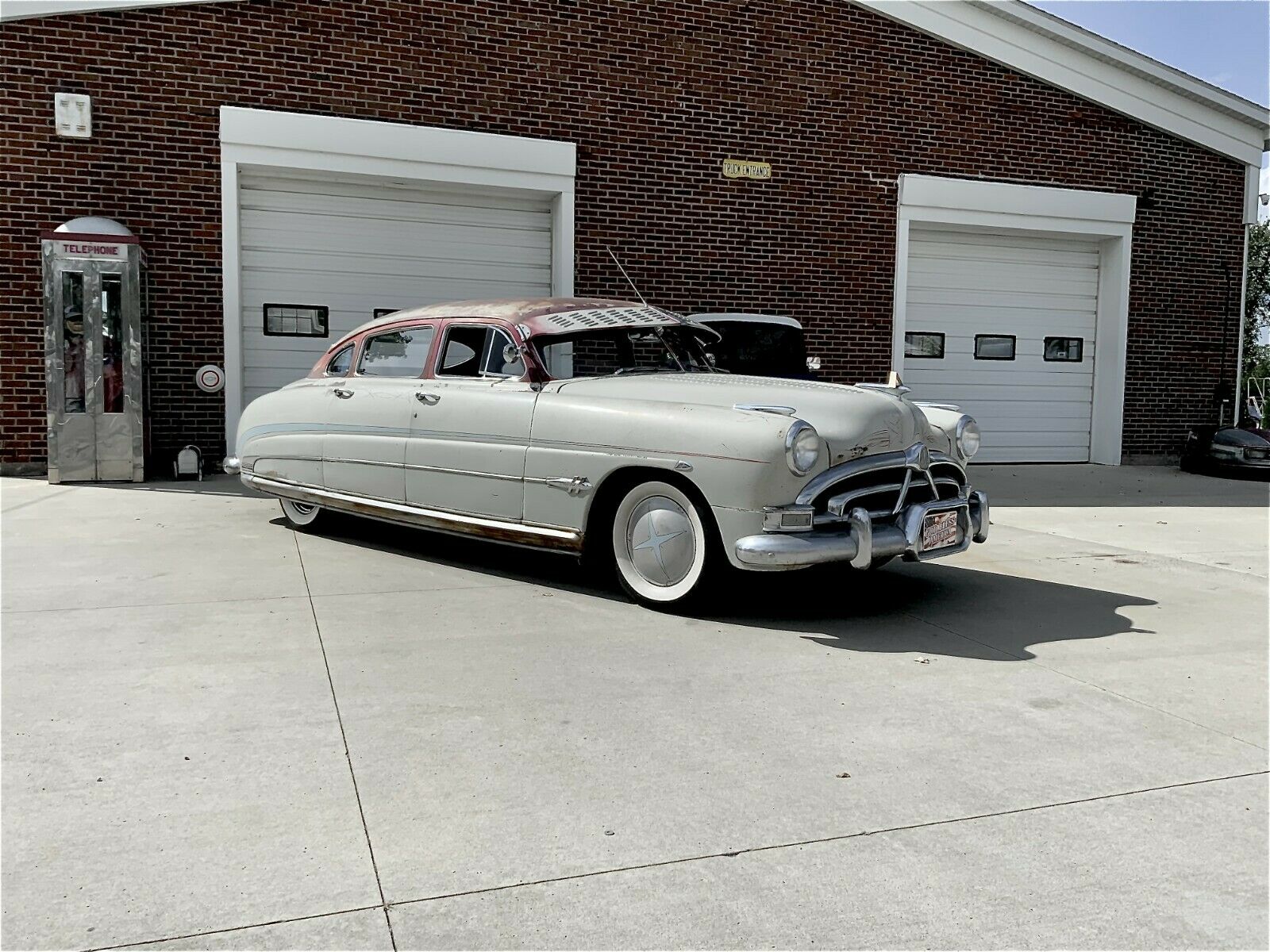
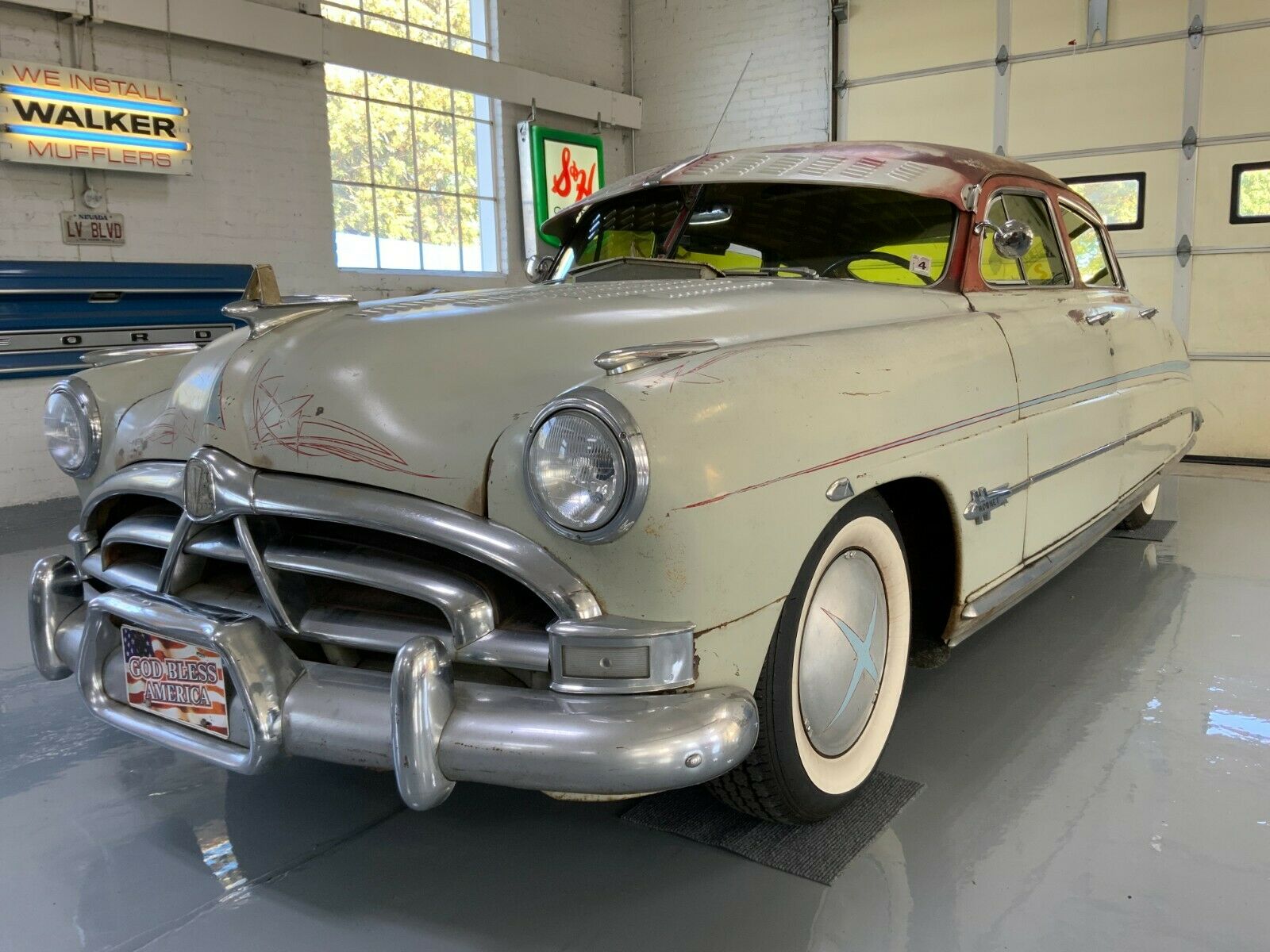
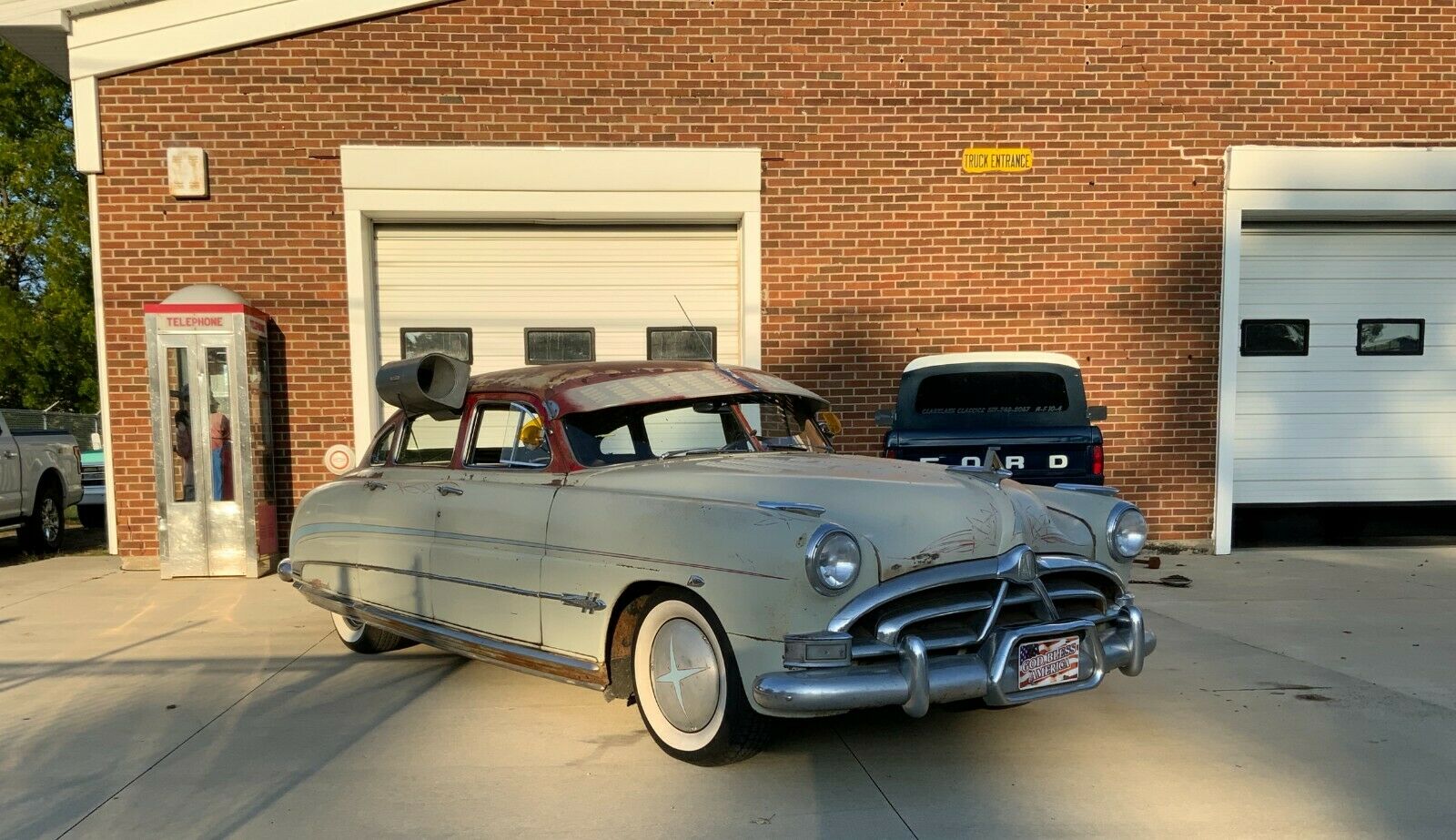
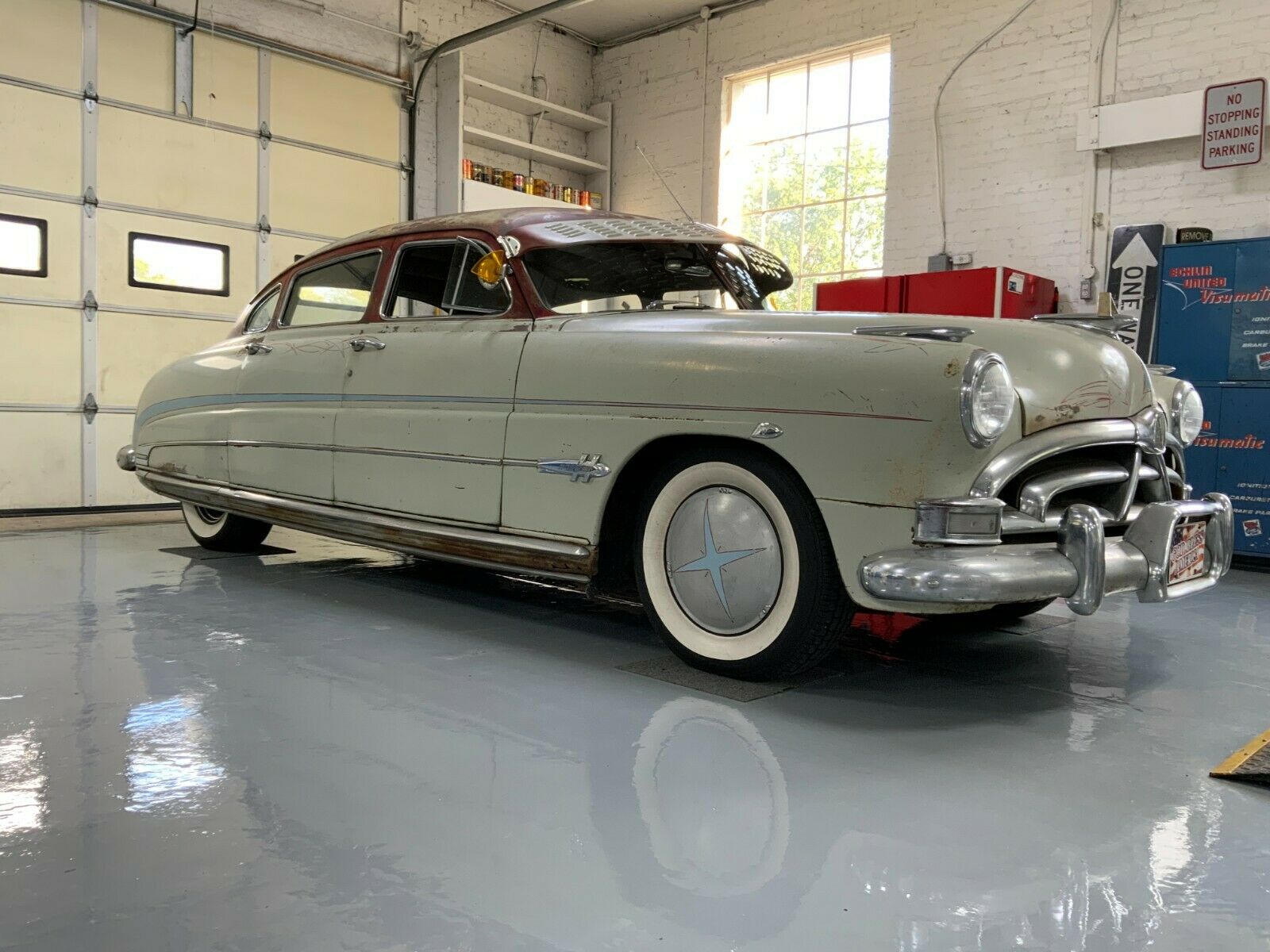
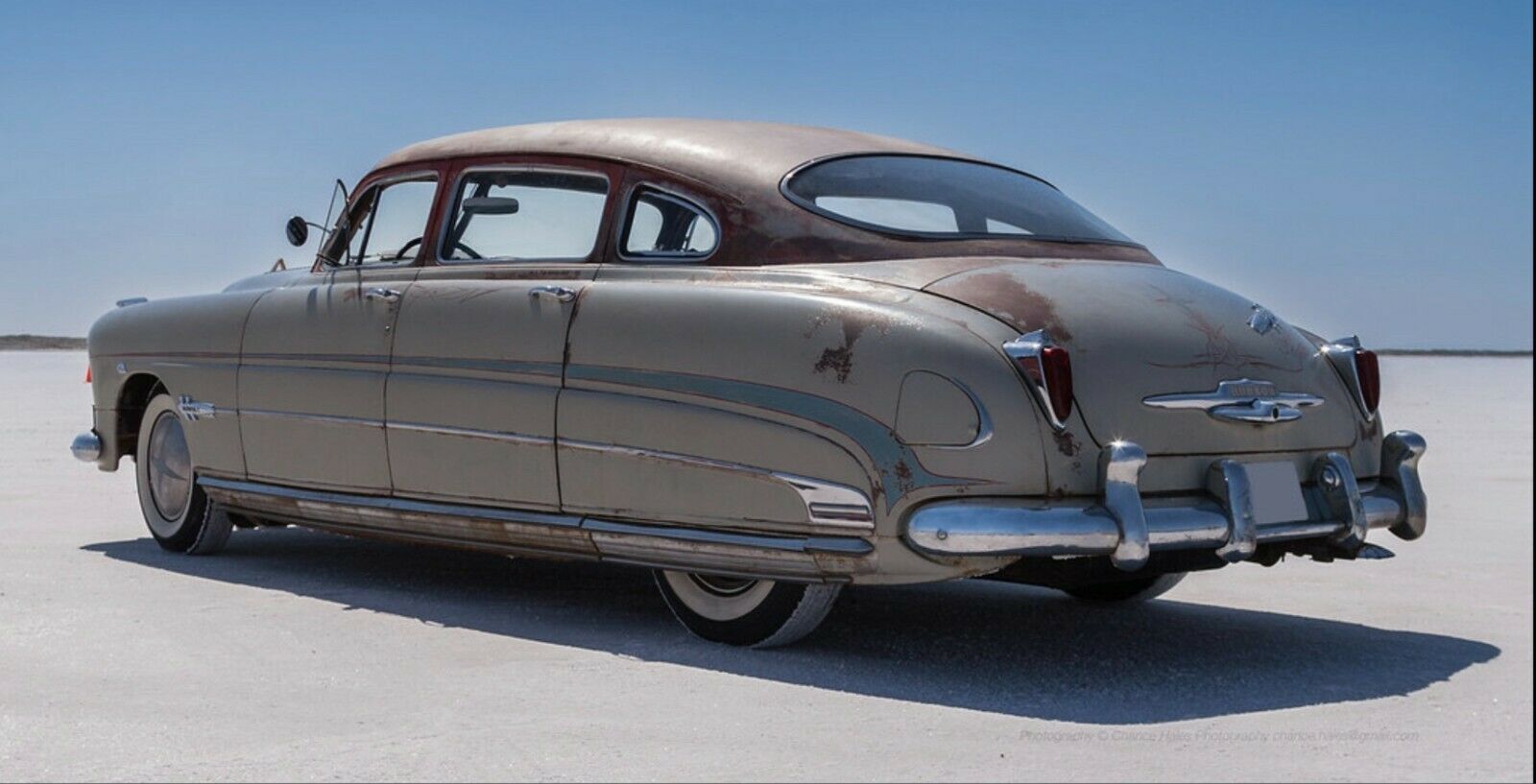



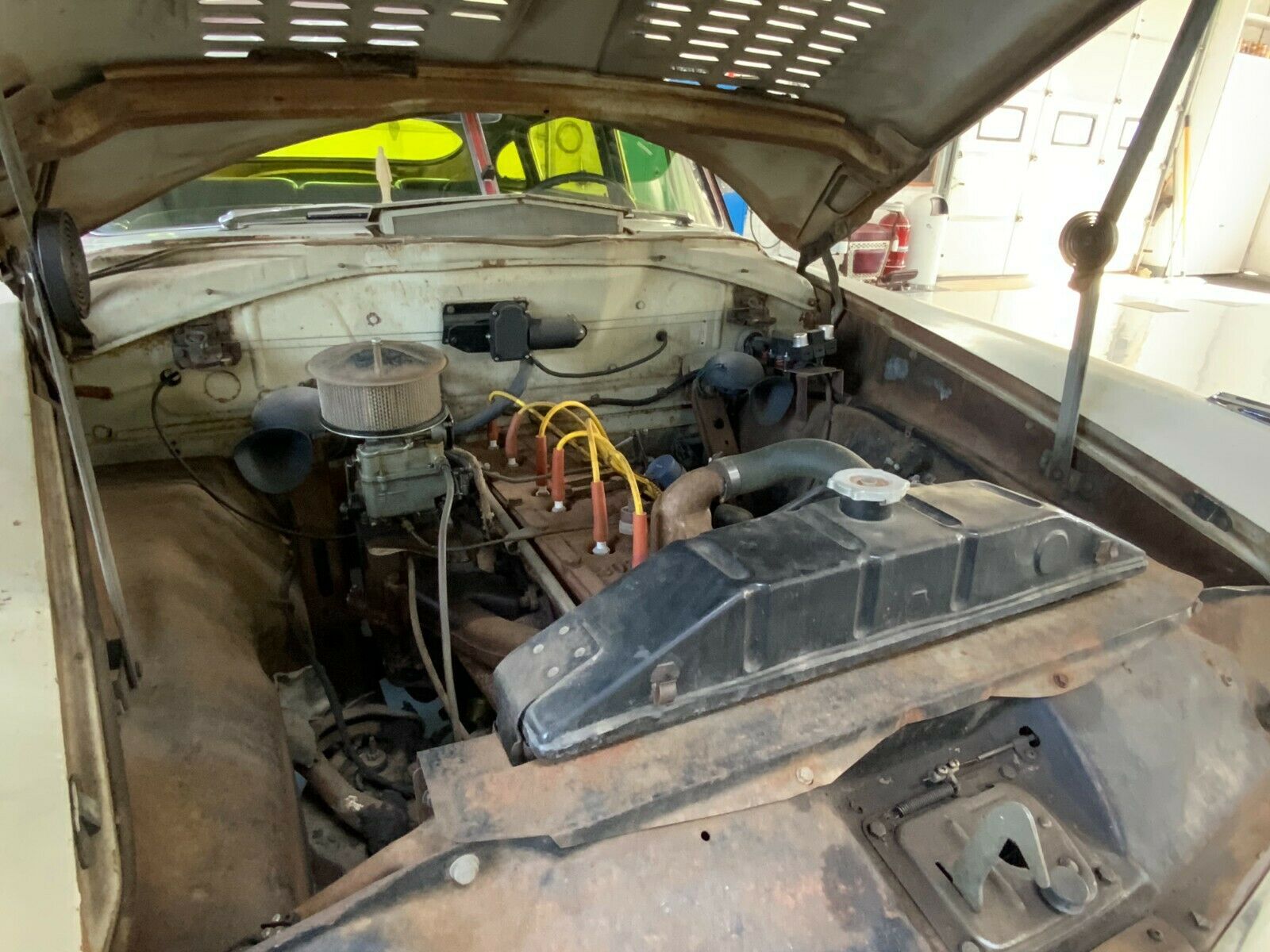
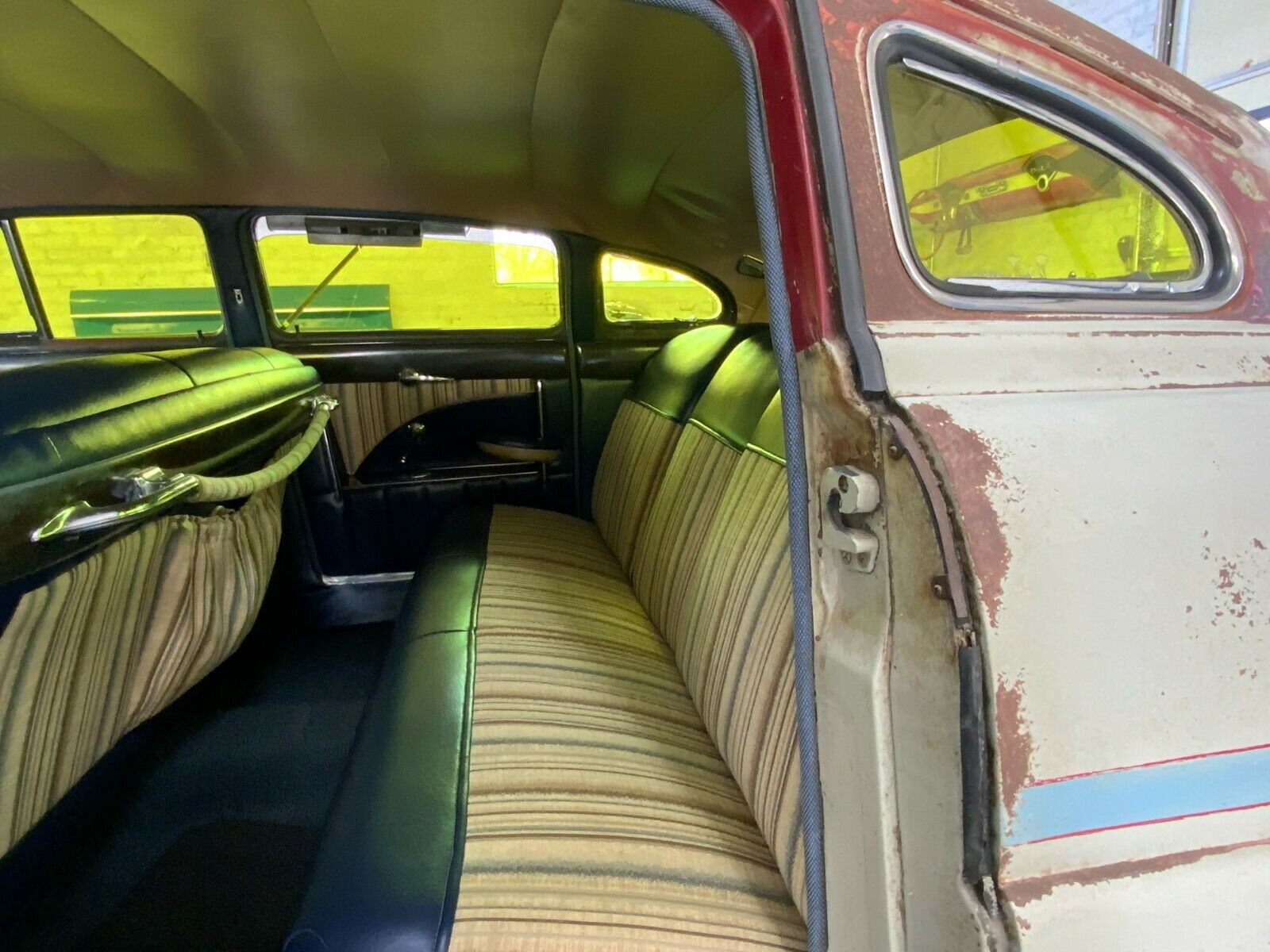

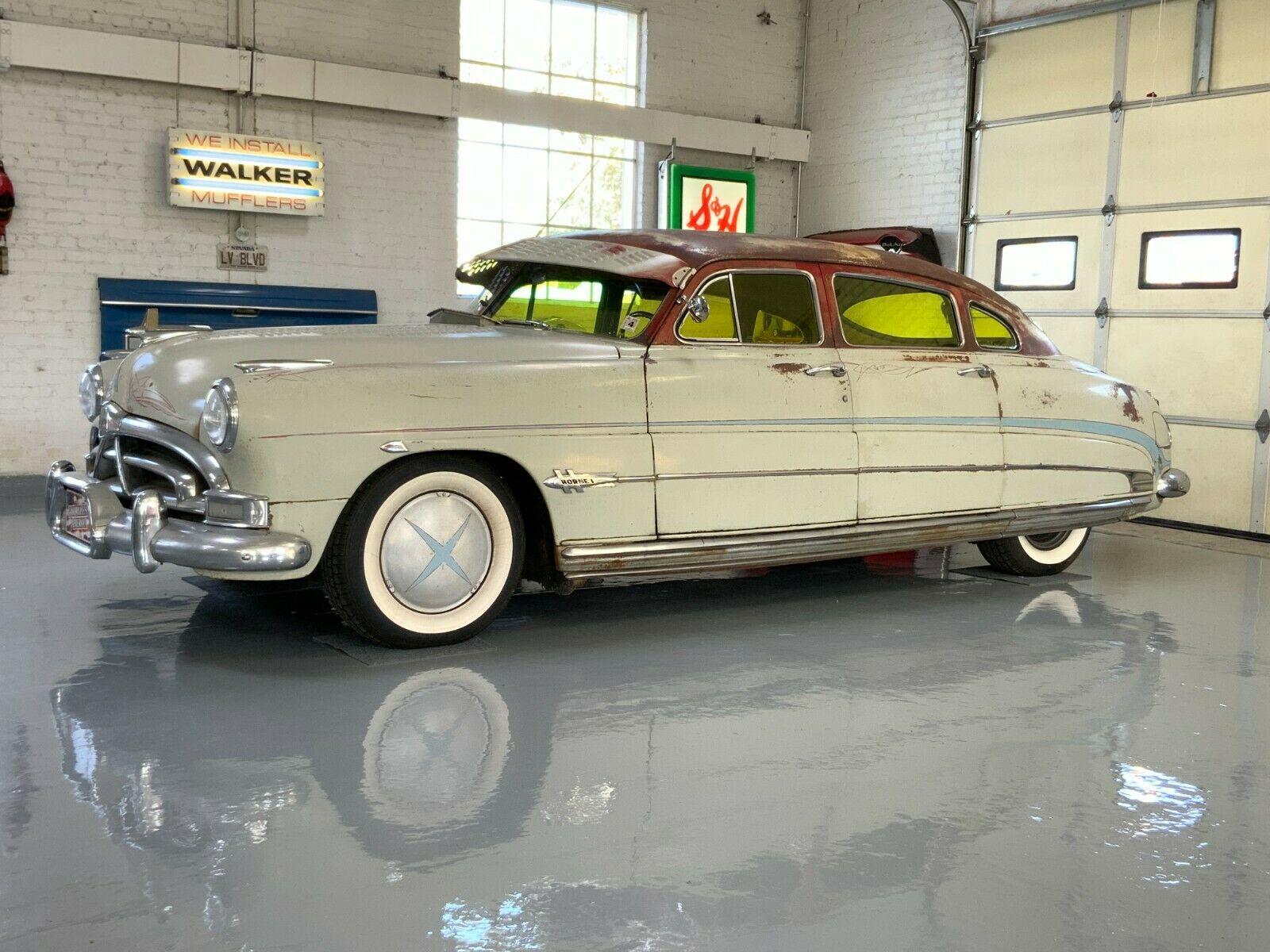
An innovative full-size car that was among the first to feature a perimeter frame and the company’s ‘step-down” design, the Hudson became a legend when it started dominating NASCAR in the early 1950s. Using an inline-six engine, an unusual choice against the V8-powered Oldsmobile 88, the Hornet scored 64 NASCAR wins from 1952 to 1954, also winning the championship twice.
Produced from 1950 to 1954, the first-generation Hudson was short-lived. Hudson offered a redesigned version from 1955 to 1957, but the Hornet had lost its appeal under AMC ownership. But thanks to its NASCAR legacy and its appearance in the Disney Pixar film “Cars” as Doc Hudson, the Hornet still enjoys a big cult following and it’s becoming an increasingly more expensive classic.
If you’re a fan of the Fabulous Hornet, here’s a 1951 example that has survived the test of time rather well. Without seeing the inside of a restoration shop, that is!
Still wearing its original paint (save for a few touch-ups made over the years), this Hudson hides a numbers-matching 308-cubic-inch (5.0-liter) inline-six engine under the hood. The four-speed transmission is also of the numbers-matching variety and the seller claims that the car runs and drives really well.
While the exterior is unrestored, the interior has been redone and boasts modern dashboard gauges. But the owner still has the original ones and will include them in the sale. The same goes for the original air cleaner and radio.
But the gauges aren’t the only surprises you’ll find in this old Hornet. The four-door now rides two inches (50 mm) lower compared to its siblings and comes with disc brakes in the front. The original rear axle has also been replaced with a Chrysler unit that reportedly provides “very good cruising speeds.”
And yes, the front wheels do look a lot like the kind of rollers you’d use at the Bonneville Salt Flats. That’s because this Hornet has been raced there and even featured in one of the venue’s magazines in the past.
The car is being auctioned off by eBay seller “auto49201” as we speak and bidding has reached $9,500 with five days to go. The auction has a reserve, so expect it to go for way more than $10,000. 1951 Hornets usually change hands for $17,000 in “Good” condition, while Concours-ready examples fetch more than $40,000.
